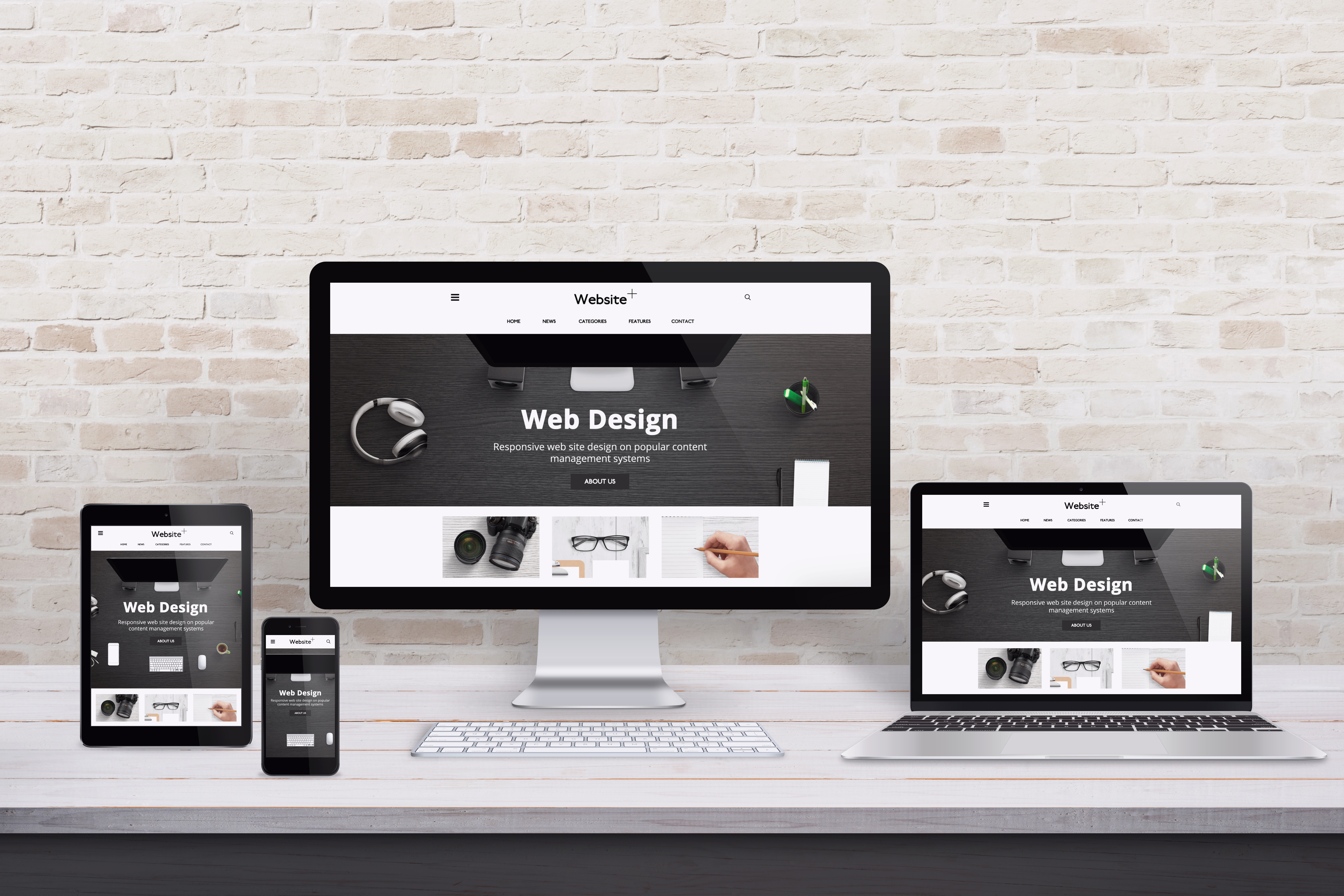A strong online presence starts with a website that captures attention and keeps visitors engaged. First impressions matter, and a poorly designed site can make potential customers lose interest within seconds. A clean, professional layout creates credibility, while intuitive design ensures users find what they need without frustration.
Beyond aesthetics, a well-structured website enhances functionality and encourages visitors to take action. Clear messaging, smooth interactions, and a seamless browsing experience can turn casual visitors into loyal customers. Every design choice should support your business goals, making it easier for users to move from interest to purchase.
Read on to explore some web design strategies to create a site that attracts visitors and drives real business growth.

1. Prioritize Mobile Optimization
More people shop and browse on their mobile phones than ever before. If your website isn’t designed with mobile users in mind, you’re likely losing a large share of potential customers. A mobile-friendly website ensures a smooth experience, making it easy to browse, read, and complete transactions on smaller screens.
To improve your site’s mobile experience, consider the following:
- Responsive web design: Ensure your site automatically adjusts to different screen sizes and resolutions. A responsive design prevents elements from appearing distorted or difficult to read.
- Optimized media: Resize and compress images, videos, and other media to reduce load times. Large files slow down mobile pages and can lead to higher bounce rates.
- Thumb-friendly design: Position buttons, links, and form fields where they are easy to tap. Small or closely placed elements frustrate users and lead to accidental clicks.
- Minimal pop-ups: Limit or remove intrusive pop-ups that disrupt the browsing experience. If necessary, use exit-intent pop-ups or ensure they are easy to close.
- Mobile-specific testing: Regularly test your site on various mobile devices to check for issues with layout, readability, and functionality.
A well-optimized mobile site keeps visitors engaged and increases the chances of conversions. Working with Penrith web designers or another reputable agency can help ensure your website performs well across all devices. Their expertise can refine your site’s design, improve functionality, and enhance user experience.
2. Use Strategic Calls to Action
A well-crafted call to action (CTA) guides visitors toward taking the next step, whether it’s making a purchase, signing up for a service, or contacting your business. Weak or poorly placed CTAs can cause potential customers to leave without acting.
Below are key elements that make CTAs more impactful:
- Use action-oriented language: Phrases like ‘Shop Now,’ ‘Get a Free Quote,’ or ‘Claim Your Discount’ create urgency and encourage immediate responses. Generic phrases such as ‘Click Here’ or ‘Learn More’ may not be compelling enough.
- Make CTAs stand out: Buttons should have a contrasting color from the surrounding elements to draw attention. Clear fonts and proper sizing ensure visibility across all devices.
- Keep it short and direct: A CTA should be easy to understand at a glance. Avoid long or complex wording that might confuse visitors.
- Limit distractions: Too many design elements around a CTA can divert attention. Using negative space ensures the focus remains on the action you want users to take.
- Position strategically: Place CTAs where they naturally fit, such as at the top of a page, within product descriptions, and at the end of blog posts. Repeating CTAs in relevant sections reinforces the message.
Strong CTAs turn passive visitors into active customers. Refining their placement, design, and wording can significantly improve conversions.

3. Enhance User Navigation and Experience
A well-structured website makes it easier for visitors to find what they need. Confusing layouts or poorly organized content can lead to frustration and lost sales.
To improve user experience and keep visitors engaged, focus on these key elements:
- Clear and organized menus: Use simple, well-labeled menu categories. A cluttered menu overwhelms users, while a streamlined structure makes it easier to explore your site.
- Sticky navigation for convenience: Keeping essential navigation elements visible as users scroll allows them to access important pages without having to scroll back up. This is especially useful on longer pages.
- Logical page structure: Arrange content in a way that makes sense. Headings, subheadings, and bullet points break up information, making it easier to read.
- Effective search functionality: A well-designed search bar helps visitors find specific products or information quickly. Features like autocomplete suggestions improve efficiency.
Making your website easier to use improves engagement and increases the likelihood of turning visitors into customers.
4. Optimize for Search Engines
A well-optimized website helps potential customers find your business through search engines. Without proper SEO, even a great-looking site may struggle to attract visitors. The future of ecommerce depends on strong online visibility, making SEO an essential investment for long-term success.
To improve visibility and drive more traffic, focus on these key SEO strategies:
- Keyword optimization: Use relevant keywords in titles, headings, and content. Well-placed keywords help search engines understand your pages and match them to user searches.
- Meta titles and descriptions: Write compelling meta titles and descriptions for each page. These appear in search results and can influence whether users click through to your site.
- Mobile-friendly design: Search engines favor mobile-optimized sites. A responsive design ensures a smooth experience across all devices.
- High-quality backlinks: Earn links from reputable websites. Quality backlinks signal to search engines that your content is trustworthy and valuable.
Strong SEO practices help your website attract more visitors and improve your chances of turning them into customers.
Final Thoughts
A well-crafted website builds trust, engages visitors, and encourages action. Clear design, smooth navigation, and strong messaging create a seamless experience. Small improvements can make a big difference in conversions. Regular updates keep your site relevant and effective. A strategic approach to web design helps turn visitors into loyal customers.